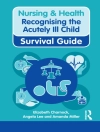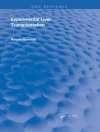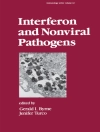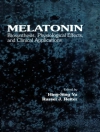The use of positron emission tomography (PET) in clinical practice is key to the s- cessful management of many patients with a wide variety of diseases. Whereas in the 1980s and 1990s nuclear medicine physicians struggled to convince other doctors about the potential clinical value of PET, it is now a challenge to keep up with the requests of our clinical colleagues for the various applications of PET. In fact, in most cases the barriers are now related to reimbursement for a given PET procedure. At the time this foreword was written, many FDG/PET procedures are reimbursable, and the U.S. National PET Registry, which is about to be implemented, will allow FDG/PET imaging data to accumulate on rare tumors, while allowing for Center for Medicare and Medicaid Services (CMS) reimbursement. The challenges are now shifting toward solving some of the limitations of FDG/PET through the use of next generation inst- mentation and newer tracers that hold the promise of improving on what is already a remarkable achievement with FDG/PET. It is my hope that there will in fact be an enormous growth of nuclear medicine driven by new imaging tracers that will fuel a growing number of clinical applications.
Cuprins
Basic Science of PET and PET/CT.- Incremental Value of Imaging Structure and Function.- The Technologist’s Perspective.- Radiation Protection and Dosimetry in PET and PET/CT.- Artifacts and Normal Variants in Whole-Body PET and PET/CT Imaging.- PET Imaging in Brain Tumors.- PET and PET/CT Imaging in Lung Cancer.- PET and PET/CT Imaging in Head and Neck Cancer.- PET and PET/CT Imaging in Lymphoma.- PET and PET/CT Imaging in Colorectal Cancer.- PET and PET/CT Imaging in Esophageal and Gastric Cancers.- PET and PET/CT Imaging in Tumors of the Pancreas and Liver.- PET and PET/CT Imaging in Breast Cancer.- PET and PET/CT Imaging in Testicular and Gynecologic Cancers.- PET and PET/CT Imaging in Melanoma.- PET and PET/CT Imaging in Urologic Tumors.- PET and PET/CT in Sarcoma.- PET and PET/CT Imaging in Thyroid and Adrenal Diseases.- PET and PET/CT Imaging in Multiple Myeloma, Solitary Plasmacytoma, MGUS, and Other Plasma Cell Dyscrasias.- Evolving Role of FDG-PET Imaging in the Management of Patients with Suspected Infection and Inflammatory Disorders.- PET Imaging of the Skeleton.- PET Imaging in Pediatric Disorders.- PET Imaging for Tumor Hypoxia: Characterizing the Tumor and Guiding Treatment.- Labeled Pyrimidines in PET Imaging.- Assessment of Treatment Response by FDG-PET.- PET in Clinical Cardiology.- Assessment of Coronary Artery Disease with Cardiac PET/CT.- PET in Clinical Neurology.












